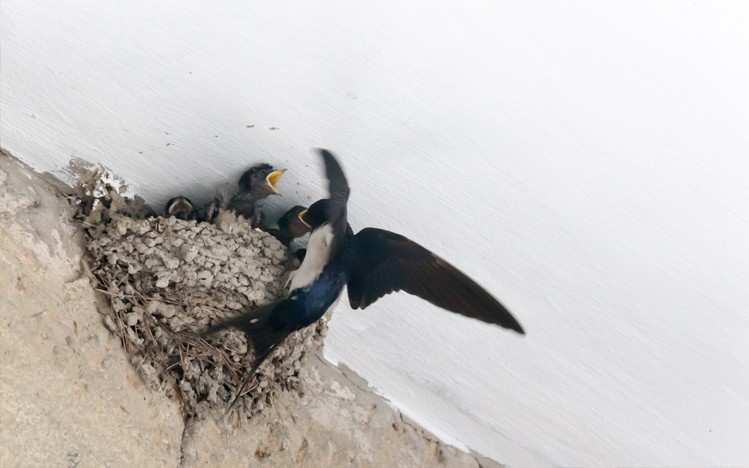
Now is the Time to Remove Birds’ Nests
There are plenty of reasons to give your property the once-over before winter comes. But whatever you have written on your to-do list in this respect, there is a chance you haven’t got birds’ nests on there.
If you haven’t, you may want to add it near the top of the list, because September and October are the months in which you can bird-proof your property to make sure you’re not hassled by nesting birds next year. It pays to think ahead, because when it comes to swallows, house martins, starlings, and sparrows, this is the only time you have available to stop them coming back to nest next year.
Look for old birds’ nests
Many birds will go back to old nests to use them again. Check your property for nests that have been left behind after this year’s nesting period and remove them whenever possible. Look under roof tiles and in any crevices that might provide a home for nesting birds. The good thing is, these nests are usually quite easy to spot. They’re not always the tidiest of things!
Install bird proofing to prevent new nests being built for next season
Bird proofing will prevent the birds from coming back to your property to establish themselves next year. This could be something as simple as netting installed over gutters to prevent birds from getting access to them and going up into your roof space.
This is easier to do if you have a bungalow and you aren’t worried about going up a ladder. If you own a house and you want bird proofing to be installed, call a professional to do the job for you. They will usually check your property for existing nests too, if you request it. You can also benefit from their experience in looking for nests and knowing where these birds are most likely to take up residence.
Time spent now will prevent problems next year
Protected species such as swallows and house martins usually start arriving back in Scotland from the second week of April. So, while you have some time to get the bird proofing sorted out, it pays to put the work in now rather than doing it in the colder, darker winter months.
If you’ve had problems with nesting birds before, now is the time to make sure the same does not happen next year.
